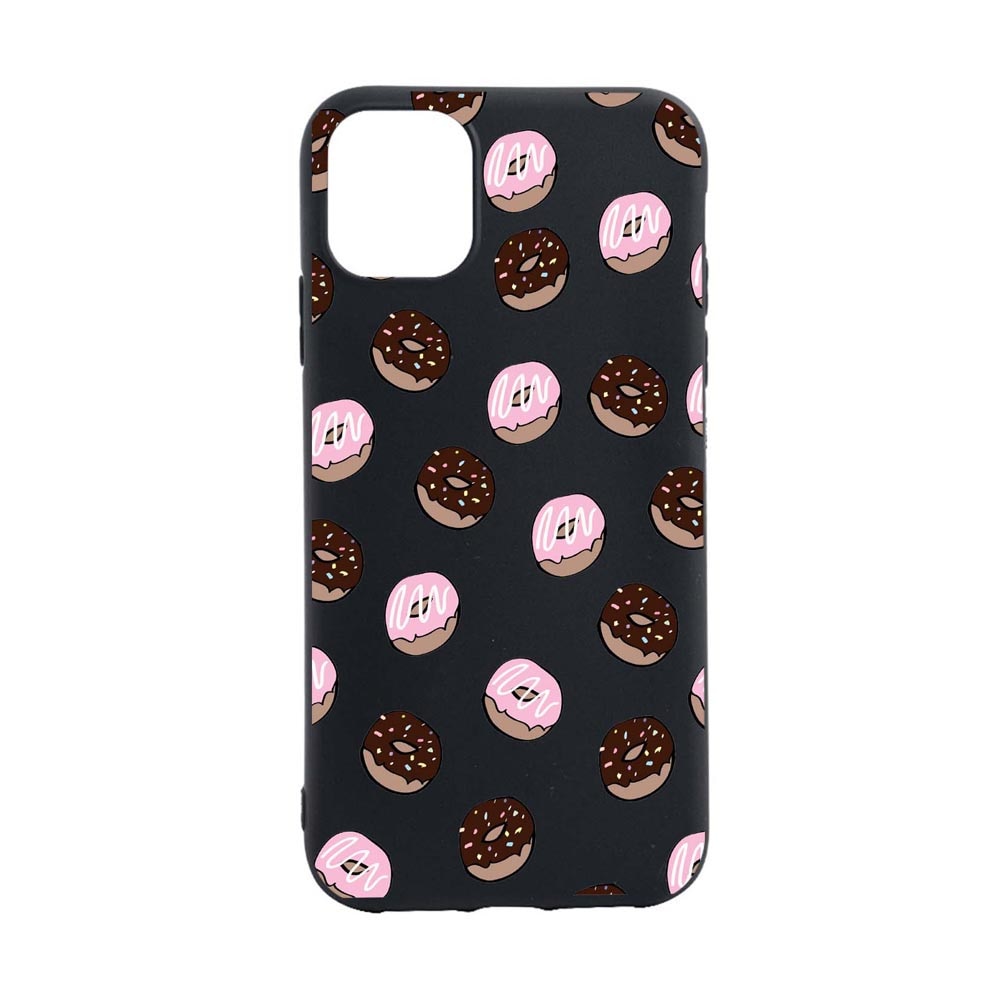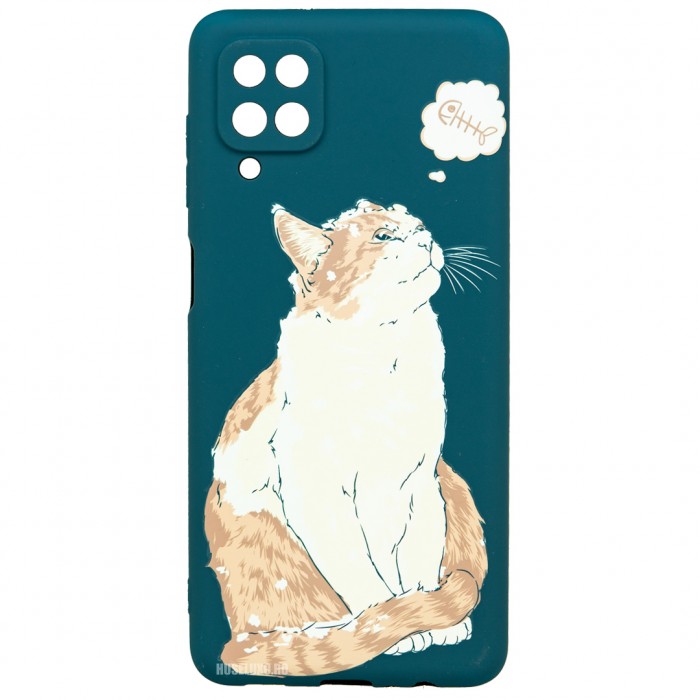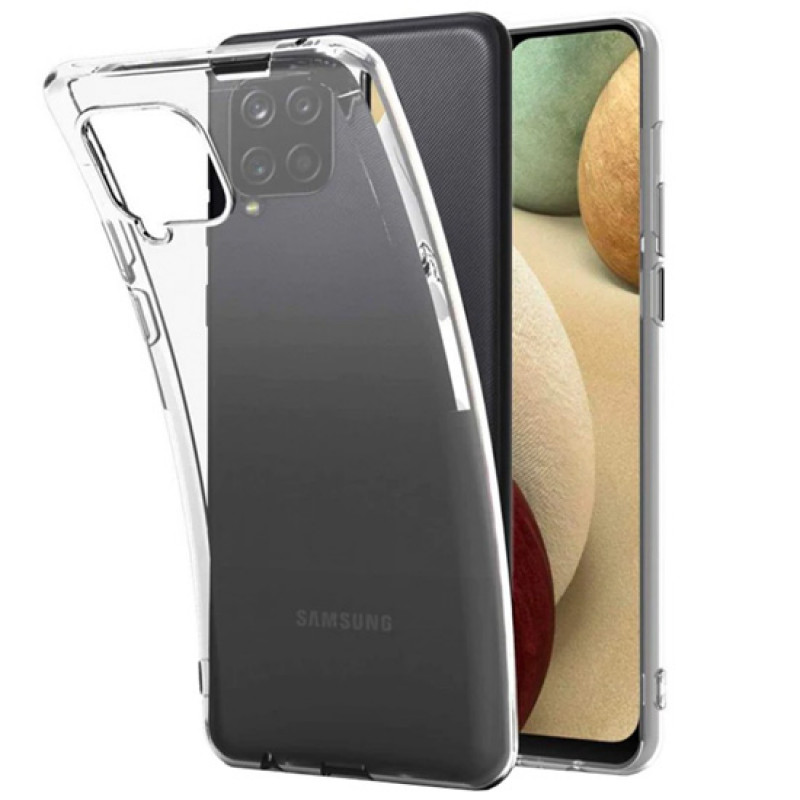
Husa Magnetica 360 cu sticla fata spate, pentru Samsung Galaxy A12 / Galaxy A12 (2021) Nacho - Sub50.ro

Husa de protectie spate Print Protect+ pentru Samsung Galaxy A12 | CellBox.ro - Accesorii si gadgeturi pentru telefonul tau

Husa Samsung Galaxy A12, Luxury 360° (fata + spate), catifea in interior, protectie camere, roz pal | Ronde.ro

Husa Silicon Compatibila Cu Samsung Galaxy A12, Blue Cow, rezistenta la uzura, anti-alunecare, 788 - eMAG.ro

Husa Donuts, Compatibila cu Samsung Galaxy A12, rezistenta la uzura, anti-alunecare, din silicon Premium, din silicon Premium, B667 - eMAG.ro
Husa Lemontti Husa Silicon Soft Slim Samsung Galaxy A12 Lavender Gray (material mat si fin, captusit cu microfibra) - FanPlace

Husa Samsung Galaxy A12, husa POP IT, Push Pop Bubble Fidget, Antisoc, antistres, din silicon, Mov/Roz/Galben/Albastru

Samsung Galaxy A12 primește randări de huse în care apare menționat suportul 5G; Ar putea fi cel mai ieftin telefon cu 5G al coreenilor











